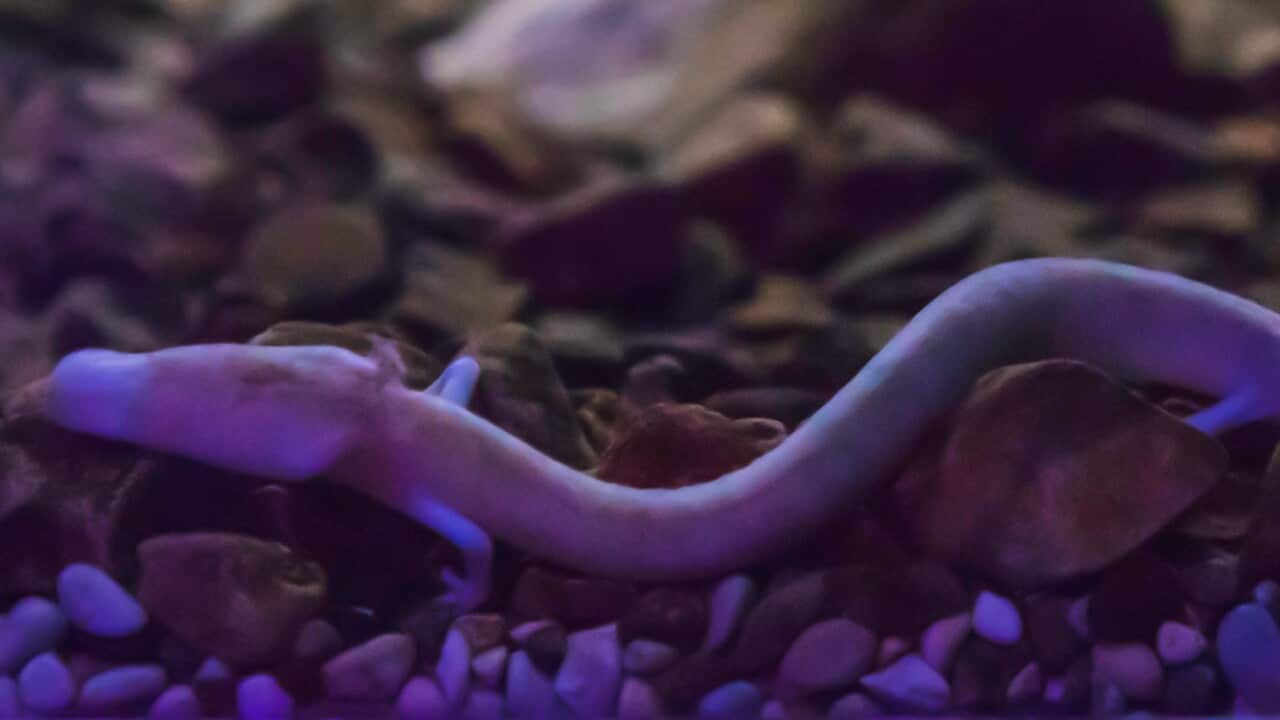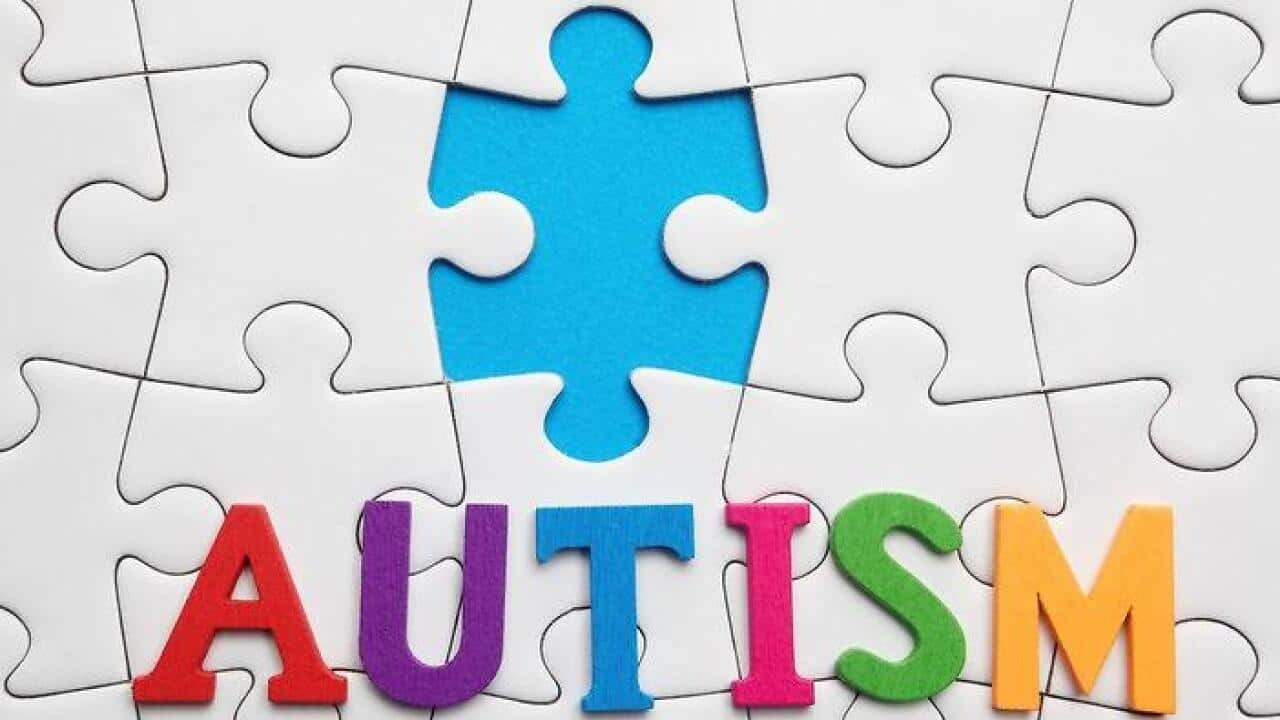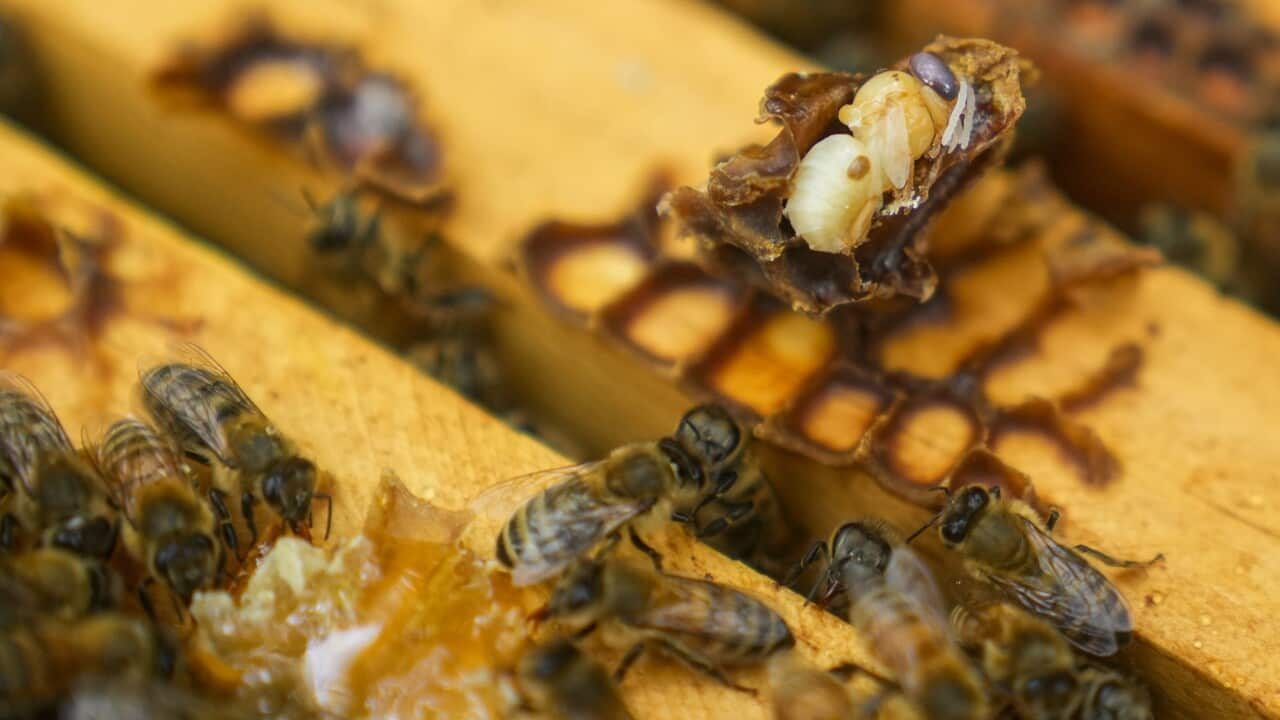Italian
Vi presento i protei.
Queste piccole creature cieche, che vivono nelle caverne, sono anfibi e sono una forma acquatica di salamandra.
Hanno organi sensibili nella testa per percepire una preda senza mai vederla.
I protei respirano utilizzando branchie esterne e crescono solo fino a 30 centimetri di lunghezza.
Questi "draghi in miniatura" possono vivere fino a cento anni, stare senza mangiare fino a 12 anni e possono rigenerare i propri arti.
I turisti si recano alla grotta calcarea di Postojna nella Slovenia meridionale per godere di una vista mozzafiato su stalagmiti e stalattiti e per effettuare un viaggio in treno attraverso la grotta.
Ma ora possono anche visitare i suoi misteriosi protei.
Marjan Batagelj, amministratore delegato delle Grotte di Postojna, afferma che per la prima volta la grotta espone al pubblico tre giovani protei in un nuovo acquario.
"For the first time since olms have been hatched, it will be shown to the public, and it is really a big curiosity, and the public is waiting to see those baby dragons. It will be a VIP view, only 20-30 people a day, so we can somehow adopt olms to different environments because guests cause some movements, some vibrations and because of that we are very careful as they are mystical beings who attract big numbers of people."
Katarina Kanduc è una ricercatrice e biologa che lavora con i protei.
"When it comes to research, we have limited amount of information, so not many people are doing this research. And, of course, you always have to choose which path you're going to take. Are you going to research the development, the morphological structure, the physiology? So, we had to choose because we have limited resources. So, we do what we can, and we do it in a non-invasive way. So, we do collect samples from the cave salamanders, but in the form of excrements and in the form of, we basically take samples from their skin, so we don't harm the animal itself."
Sebbene una femmina possa deporre centinaia di uova nel corso della sua vita, statisticamente solo due esemplari possono aspettarsi di raggiungere l'età adulta.
Ventuno giovani esemplari sono sopravvissuti da una covata deposta nella grotta nel 2016, un tasso di sopravvivenza molto migliore di quanto ci si aspettasse.
Katarina Kanduc afferma:
"It's a thing that has never been researched before, so it's something new for us. Actually, it happened by accident, which is a very good indicator that the animals are doing very well in captivity, and, of course, because it happened, we started to monitor the process because, like I said, this is something new for us and for the scientific world. So, it's a very good opportunity to monitor the process, and, of course we are able to tell the story to the visitors as well, which (who) are not really familiar with the life in caves. "
Le Grotte di Postojna sono state chiuse durante l'epidemia di coronavirus in Slovenia e sono state riaperte ai visitatori l'11 giugno.
Il tour "Incontro con i Piccoli Draghi" mostrerà tre dei 21 esemplari che vivono in un laboratorio all'interno della grotta.
Il numero di visitatori è limitato ad un massimo di 30 al giorno in un unico gruppo di visita per evitare di disturbare i protei.
Marjan Batagelj ha affermato che i visitatori sono incuriositi da queste misteriose creature.
"When you try to explain mysticism of that little animal, that lives 100 years and can live without food for ten years, that causes surprise, how is that possible? They get to know a being without eyes, who knows its environment very well, so they spontaneously ask questions: how do they survive in their natural habitat? What do they eat? And if you try to explain they are really special creatures, that's very interesting with children who ask why people are not like that? Why people don't regenerate limbs like olms? Science has a lot to do to untie its genome, and that will be a huge step forward for humanity."
In Slovenia, i protei sono chiamati "pesci umani" a causa del loro colore della pelle rosa quasi traslucido.
English
Meet the olms.
These tiny blind, cave-dwelling creatures are amphibians, an aquatic form of salamander.
They have sensitive organs in the head to sense prey without ever seeing it.
Olms breathe using external gills and only grow up to 30 centimetres long.
The "baby dragons" can live for up to one hundred years old, go without eating for up to 12 years, and can regenerate limbs.
Tourists come to the limestone Postojna Cave in southern Slovenia for breathtaking views of stalagmites and stalactites and a train ride through the cave.
But now, they can also visit its mysterious baby olms.
Marjan Batagelj, Postojna Cave CEO says for the first time, the cave is displaying three of the juvenile olms to the public in a new aquarium.
"For the first time since olms have been hatched, it will be shown to the public, and it is really a big curiosity, and the public is waiting to see those baby dragons. It will be a VIP view, only 20-30 people a day, so we can somehow adopt olms to different environments because guests cause some movements, some vibrations and because of that we are very careful as they are mystical beings who attract big numbers of people."
Katarina Kanduc [[kan-DOOTS]] is a researcher and biologist working with the olms.
"When it comes to research, we have limited amount of information, so not many people are doing this research. And, of course, you always have to choose which path you're going to take. Are you going to research the development, the morphological structure, the physiology? So, we had to choose because we have limited resources. So, we do what we can, and we do it in a non-invasive way. So, we do collect samples from the cave salamanders, but in the form of excrements and in the form of, we basically take samples from their skin, so we don't harm the animal itself."
Although one female can lay hundreds of eggs in her lifetime, statistically only two can expect to reach adulthood.
Twenty-one juveniles survived from a clutch laid in the cave in 2016, a much better survival rate than was expected.
Katarina Kanduc again:
"It's a thing that has never been researched before, so it's something new for us. Actually, it happened by accident, which is a very good indicator that the animals are doing very well in captivity, and, of course, because it happened, we started to monitor the process because, like I said, this is something new for us and for the scientific world. So, it's a very good opportunity to monitor the process, and, of course we are able to tell the story to the visitors as well, which (who) are not really familiar with the life in caves. "
Postojna Cave was closed during Slovenia's coronavirus outbreak and reopened to visitors on 11 June.
The "Meet the Baby Dragons" tour will show three of the 21 baby olms living in a cave laboratory.
The number of visitors is limited to up to 30 per-day in a single tour group to avoid disturbing the olms.
Marjan Batagelj says visitors are intrigued by these mysterious creatures.
"When you try to explain mysticism of that little animal, that lives 100 years and can live without food for ten years, that causes surprise, how is that possible? They get to know a being without eyes, who knows its environment very well, so they spontaneously ask questions: how do they survive in their natural habitat? What do they eat? And if you try to explain they are really special creatures, that's very interesting with children who ask why people are not like that? Why people don't regenerate limbs like olms? Science has a lot to do to untie its genome, and that will be a huge step forward for humanity."
In Slovenia, the olm is called the "human fish" because of its almost translucent rose-pink skin colour.
Report by SBS




